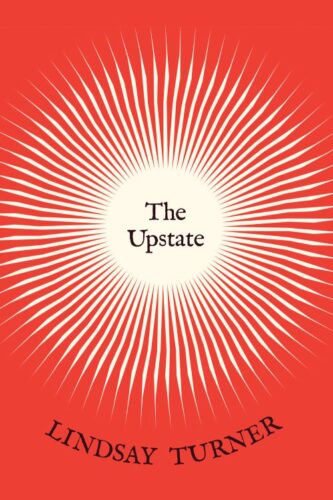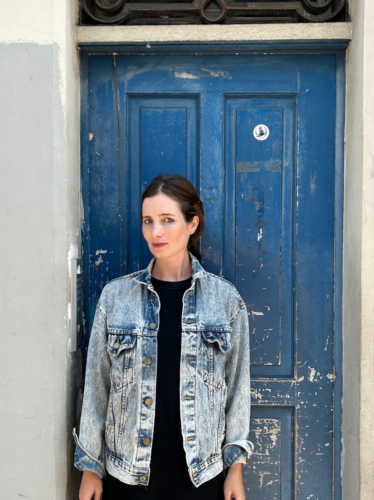The epigraph to The Upstate comes from an essay by C.D. Wright: “it was not regional it was systemic.” I’ve been thinking a lot about this phrase as a sort of motto for my ecopoetic thinking and writing. In fact Wright’s maxim is not entirely literally true—or it’s true when taken in reaction to a poetics of the only regional, where the regional is narrowed down and disconnected. It might be more accurate to say something like “it was not only regional it was also systemic.” Or put another way, just as the personal is political, so too is the regional systemic.
In The Upstate, I was trying to connect the regional experience of a place, a certain corner of Southern Appalachia, with the bigger structural issues of America of 2016-2020, roughly, and of the world. I was trying to do this in poems because it’s also what I was trying to do in real life, struggling against the claustrophobia of depression and anxiety as well as of certain region-based patterns of writing and thinking.
Now, in 2024, I’m trying to do the same, although the coordinates have shifted. In January of this year, I had a baby, and my world right now is beautiful and hazy and sleepy and sleepless and a little milky around the edges. My son takes up my entire field of vision most of the time. What I do notice is tiny: that the sky lightens a little earlier in the mornings. That the red-winged blackbirds are returning on our walks around the tiny neighborhood lake. That the purple crocus in the front yard near the lamppost has been joined by a yellow one.
While these tender marvels are unfolding, though, I read headlines about women in Gaza who can’t nurse their babies because they don’t have enough food themselves. I see images of the skinny limbs of starving children. This is the same world. I’m watching with pain and with anger, and it’s integral to everything I believe about poetry not to turn away. You shouldn’t have to be a mother to an infant to feel the intensity of the connection, but it’s one way I’m feeling it.
Could the ecopoetic be another way to think about this connection? The environmental toll of the war on Gaza has already been noted. I wonder about how much of this too-early spring has been caused by past military activity, about which of the same soil and water contaminates exist in northeast Ohio and in Palestine, about which bombs dropped on Gaza or equipment used there might have originated in some way around here, about what local effects of arms manufacturing exist here already. Like milk for babies, air and water for all humans are essential. The right to them is a moral one. One job for poetry might be to think about how our rights and our places are all connected, for better or for worse.




